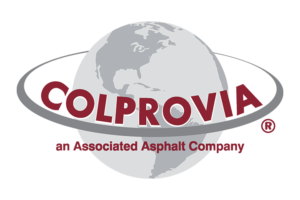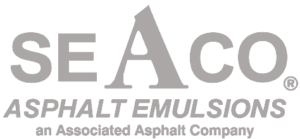Project Highlight: Applying StellarFlex FR® to St. Augustine Horse Paths
If you’ve ever paid a visit to the historic St. Augustine, FL, it’s likely you’ve seen one of their famous horse-drawn carriage tours pass by. These rides allow visitors and residents to take in the stunning historic architecture and culture of the city from the comfort of an open air carriage. Riders rely on a smooth path to make the experience relaxing and enjoyable. Earlier this year, Associated Asphalt teamed up with Duval Asphalt and Asphalt Testing Solutions & Engineering to assure a smooth ride for passengers by repairing the deteriorated horse paths and providing protection from future rutting.
[image url=”https://associatedasph.wpenginepowered.com/wp-content/uploads/2019/10/St.-Augustine-3.jpg” alt=”” size=”large” caption=””]
St. Augustine Project Background
In 2015, the Florida Department of Transportation (FDOT) funded a maintenance project on State Route 5A to reduce rutting and smooth out the path where the horses and carriages had caused the most deterioration. Following the lead of Central Park’s application of a fuel-resistant binder for their own horse-drawn carriage paths, FDOT awarded Jacksonville’s Duval Asphalt the maintenance project to mill 1.5 inches of friction course and lay the new fuel-resistant mix.
In 2019, after proof that the fuel-resistant mix would hold up against the wear and tear of constant horse-drawn carriage traffic, a full reconstruction was ordered. Once again, the project was awarded to Duval Asphalt. Asphalt Testing Solutions & Engineering (ATS) was brought in to oversee quality control of the product mixing and placement.
[image url=”https://associatedasph.wpenginepowered.com/wp-content/uploads/2019/10/St.-Augustine-2-2.jpg” alt=”” size=”large” caption=””]
Application of StellarFlex FR®
Historically, StellarFlex FR® is applied to airport landing strips and taxiways to provide fuel resistant protection. Because this paving project would need protection from the asphalt softening effect of horse urine, rather than jet fuel spills, specifications needed to be adjusted. Associated Asphalt worked with ATS to adjust the fuel-resistant mix to perform for FDOT and project specifications under the exposure of the animal waste and pressure of the thin carriage wheels. 350 tons of the fuel-resistant mix was applied to the horse paths. The reconstruction project is expected to last another 15 years before further maintenance is needed. With this new extended lifespan, the large investment in quality paving materials will prove to be the most economic solution in the long run.
Related Reading
Due to the unique nature of the project’s challenges and solutions, the St. Augustine collaboration has been spotlighted in multiple industry publications. To learn more about the project and hear from team members who worked directly on the project, check out these articles by AsphaltPro Magazine and Asphalt Pavement Digital.
Do you have a unique paving challenge? Become an Associated Asphalt Partner to help pave the way to success.




